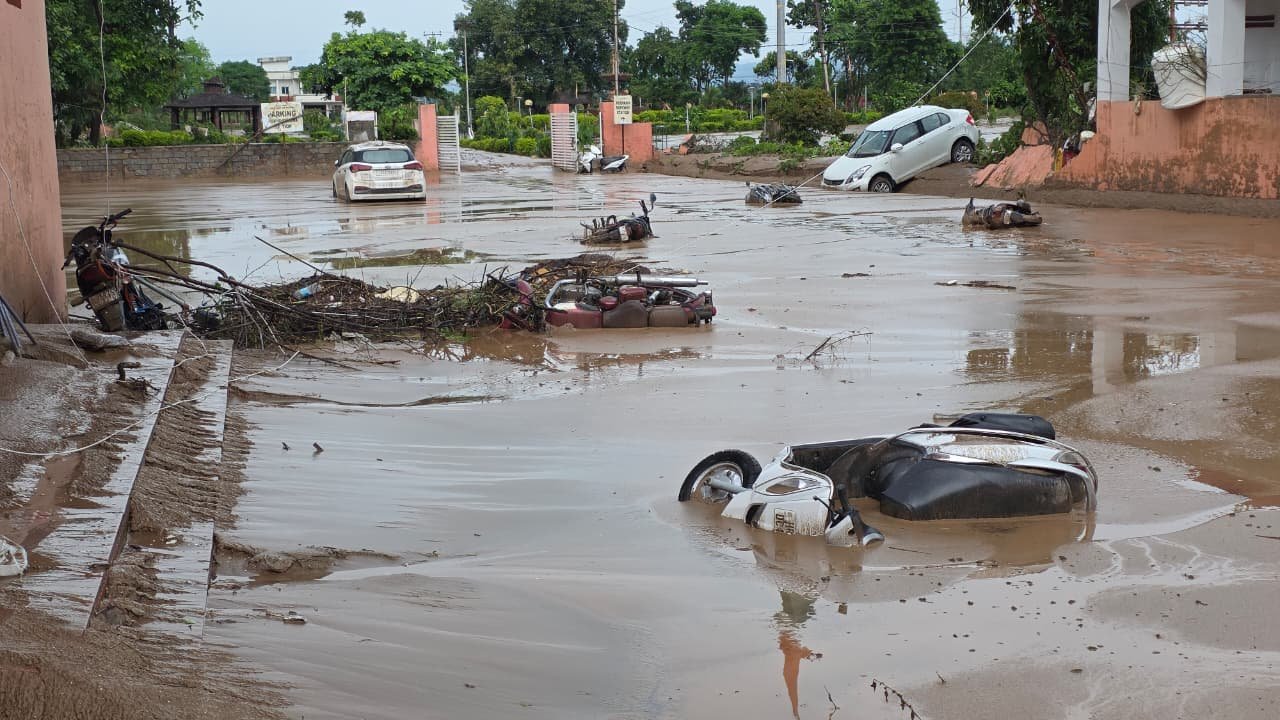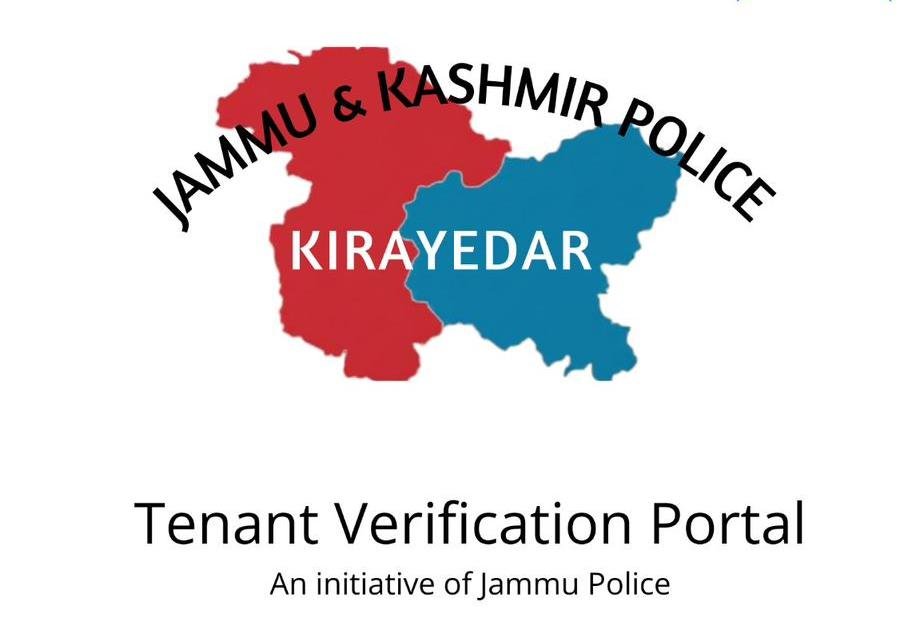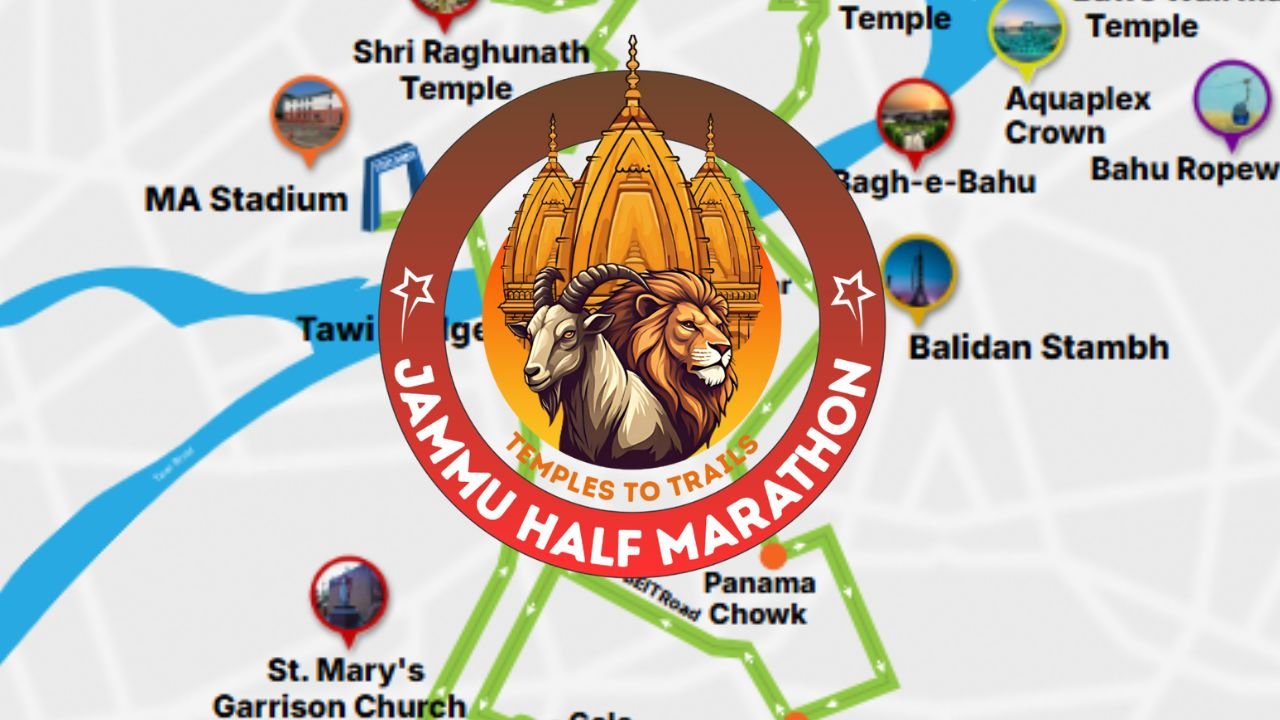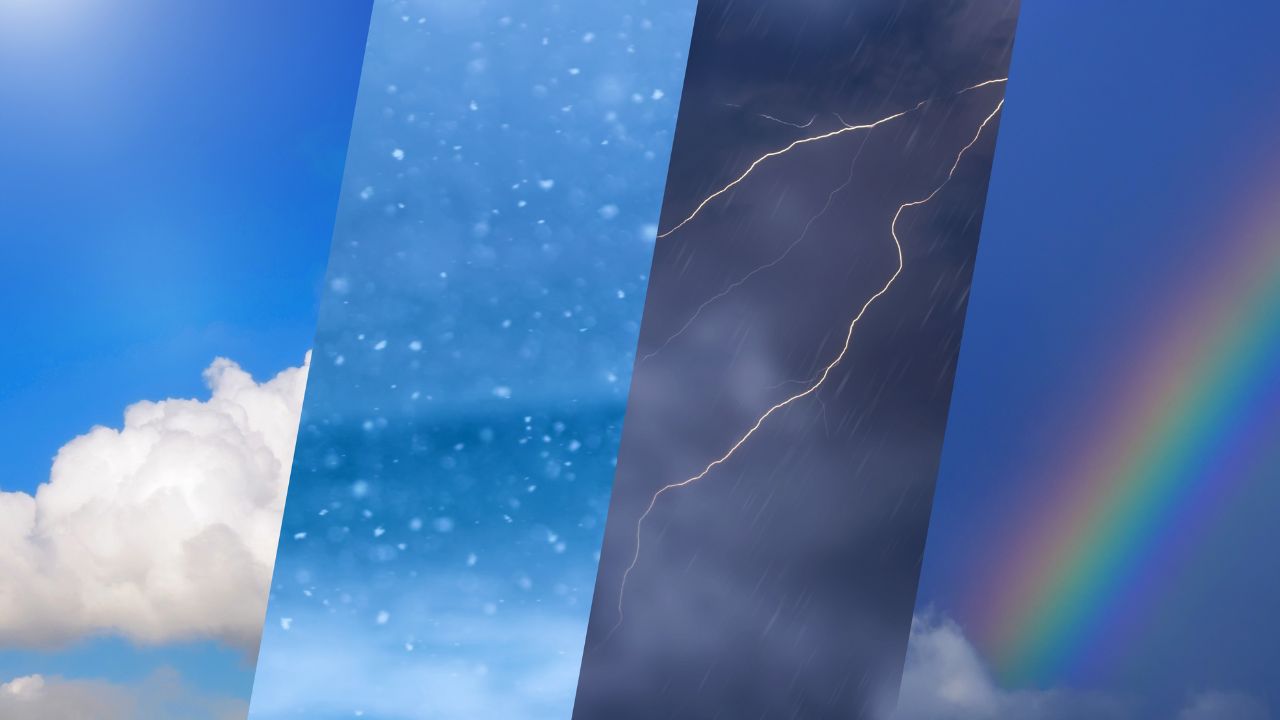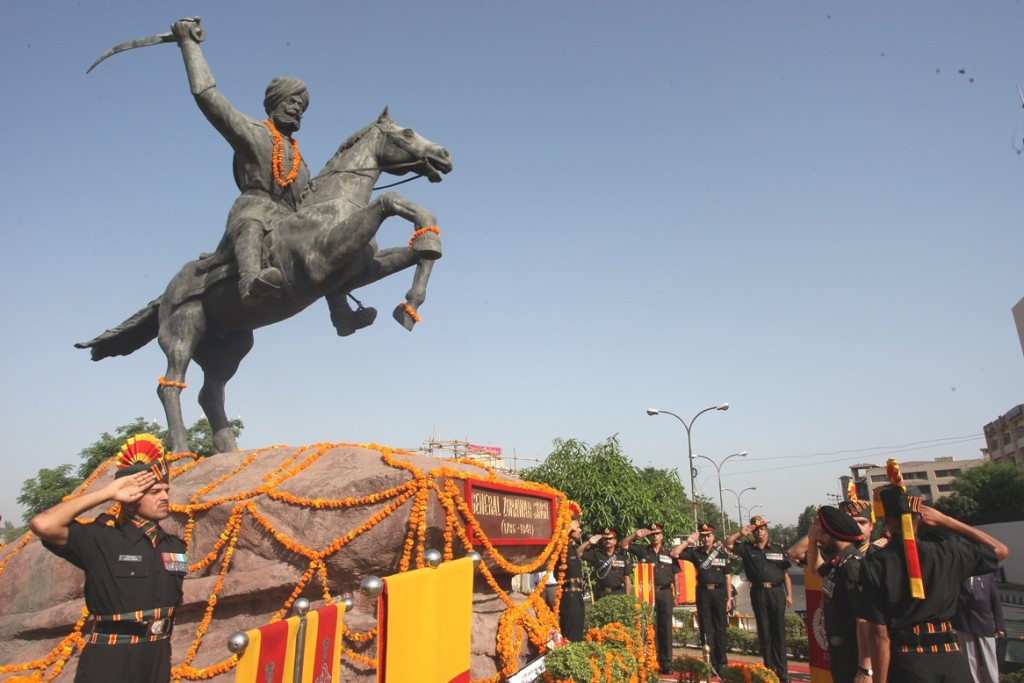The Jammu region is reeling under one of the worst flood crises in recent history, as relentless heavy rainfall since Tuesday night has caused flash floods, landslides, power outages, and communication blackouts across the province. With rivers swelling beyond danger levels and infrastructure collapsing under pressure, thousands of residents have been evacuated while essential services remain crippled.
Record-Breaking Rainfall in Jammu
Jammu recorded 380 mm of rainfall in just 24 hours — the heaviest since records began in 1910. The downpour triggered widespread flooding, snapped power lines, submerged low-lying areas, and left lakhs of residents cut off from authorities and emergency services.
Officials confirmed that more than 5,000 people have been rescued so far from submerged localities in Jammu and Samba districts. Rescue operations by the Army, NDRF, SDRF, and local administration are ongoing, with priority given to restoring electricity, water supply, and mobile connectivity.
Mass Evacuations from Flooded Areas
Dozens of neighborhoods including Peerkho, Gujjar Nagar, RS Pura, Nikki Tawi, Beli Charan, Qasim Nagar, Rajiv Nagar, Gurkhanagar, and Akhnoor were inundated. Villages along the swollen Tawi river were also evacuated as floodwaters breached embankments.
Deputy Commissioner Rakesh Minhas reported that 3,500 people were rescued in Jammu district alone, adding that restoration of roads, electricity, and essential supplies is being carried out on a war footing.
Power Outages and Communication Blackout
The torrential rains devastated power infrastructure across Jammu, Udhampur, Kathua, Samba, Ramban, Rajouri, Doda, and Reasi, uprooting poles, damaging transformers, and snapping transmission lines. Almost the entire Jammu province was plunged into darkness.
Simultaneously, a network blackout hit the region after heavy flooding damaged optical fibre cables. This led to a 24-hour communication shutdown — disrupting banking services, emergency response, and leaving families unable to connect with each other.
The Centre ordered telecom operators to activate intra-circle roaming (ICR) until September 2 to restore connectivity. Services, including 5G internet, have since been partially restored.
Railway and Air Services Paralyzed
Transport across Jammu came to a standstill:
- Railways: Northern Railway cancelled 18 trains and short-terminated several others as flash floods and soil erosion damaged tracks between Jammu Tawi–Katra and Bari Brahmana. On Wednesday, 23 trains were cancelled and 26 short-terminated due to safety concerns. Relief efforts were launched, with NGOs and civil authorities providing food and water to 2,700 stranded passengers, including Vaishno Devi pilgrims.
- Air Travel: At Jammu airport, 17 flights were cancelled, including both arrivals and departures, after 1 PM on Tuesday due to poor visibility and waterlogging on runways.
Schools, Offices, and Highways Closed
In view of the worsening situation, the administration ordered the closure of all schools, colleges, universities, training centres, and coaching institutes across Jammu on August 27, 2025. Only essential government services such as health, utilities, and emergency response remain operational.
Road connectivity has collapsed:
- Jammu-Srinagar National Highway was blocked due to landslides in Ramban.
- Batote-Doda-Kishtwar Road and the Mughal Road were closed.
- Multiple bridges over the Tawi and Devak rivers sustained severe damage.
Over 5,000 vehicles remain stranded between Jammu and Srinagar, with reports of sunken road stretches at several points.
Tragic Landslide at Vaishno Devi Shrine
The pilgrimage to the Mata Vaishno Devi shrine was suspended after a massive landslide struck Reasi district on Tuesday. The disaster claimed the lives of 32 people, while at least 20 others were injured. The tragedy occurred when rocks and boulders tumbled down the shrine route around 3 PM, catching devotees off guard.
Flood Situation in Kashmir Valley
While Jammu battled record-breaking rain, Kashmir valley rivers and streams also swelled dangerously.
- The Sheshnag Nallah in Pahalgam crossed its all-time highest level of 6.02 feet, breaching danger marks. Officials suspect a cloudburst or extremely heavy rainfall in higher reaches.
- The Jhelum river is expected to rise further before receding by evening, prompting evacuation advisories in low-lying areas.
Authorities have warned of cloudbursts, flash floods, and landslides across high-altitude areas of Kashmir from August 26 to September 1.
Government Response and Relief Efforts
Lieutenant Governor Manoj Sinha assured citizens that adequate relief measures are underway, with Army, NDRF, SDRF, paramilitary, and Air Force coordinating with the civil administration. Relief materials, food supplies, and temporary shelters are being distributed.
Union Minister Jitendra Singh confirmed that the Prime Minister’s Office is closely monitoring the flood situation. Helpline numbers for all districts have been issued, urging citizens to remain indoors and avoid unnecessary travel.
Systemic Collapse Exposed
The deluge has not only exposed the fragility of Jammu’s infrastructure but also highlighted systemic gaps in disaster preparedness. Residents voiced frustration, calling the crisis a “complete collapse” as lack of electricity, communication, and road access left thousands helpless.
Despite efforts by authorities, the scale of destruction means restoration will take time. Landslides, uprooted trees, and flooded access roads are hampering field teams from reaching affected zones.
The Jammu floods of August 2025 have emerged as one of the worst disasters in recent memory, with record-breaking rainfall paralyzing the region. From mass evacuations, power outages, railway and air traffic suspension, to tragic landslides, the situation has pushed residents into unprecedented hardship.
With forecasts predicting more rain until September 1, authorities remain on high alert. The crisis has once again underscored the urgent need to strengthen disaster management systems, reinforce fragile infrastructure, and ensure resilience in the face of extreme weather events.

